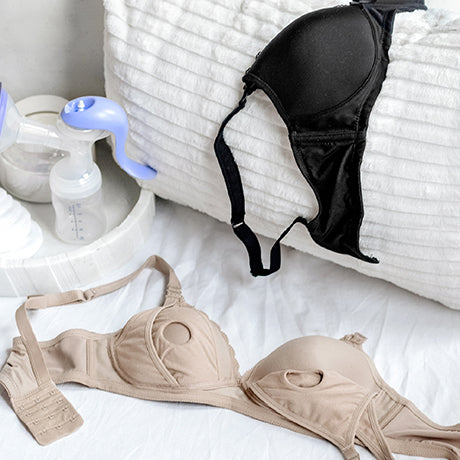What You Should Know about Heat Stroke
Last summer August was the hottest month of the year. In fact, it was the hottest month ever recorded. With extreme heat comes a lot of concern about heat stroke, a serious and potentially deadly condition that affects thousands of people across the country every year.
Here’s what you should know about heat stroke:
Heat stroke occurs when your body temperature rises due to extreme temperatures and dehydration and prevents your body from being able to regulate itself. That means that many normal functions are off-kilter and the side-effects are dangerous Heat stroke is marked by an elevated heart beat, quick shallow breathing, dizziness, muscle weakness, headache, disorientation, nausea and vomiting, and red or dry skin. In some cases heat stroke can cause seizures or unconsciousness.
Typically your body is able to self-regulate when it is hot. It does this by releasing heat back into the air, sweating to cool off and sending signals to your brain to hydrate and find a cooler environment. However, when the air outside is hotter than your normal body temperature of 98.6 degrees and when humidity is higher than approximately 75%, these functions can’t happen.
As your body overheats, it does everything possible to compensate for the problem. A rapid heart rate is your body’s attempt to dispel the heat. Inflammation occurs as a protective mechanism but can cause cell damage so “heat-shock” proteins are produced to try to defend your cells. When cell damage does take place, it impedes your enzyme function which can lead to organ failure. Your nervous system is usually affected first, which is why confusion, disorientation and unconsciousness occur.
These are some serious side-effects! It is estimated that over 13,000 end up in the emergency room from heat stroke every year and over 650 people die from a heat-related illness every year. Other heat conditions include heat exhaustion, heat cramps, and heat syncope, but none are as serious as heat stroke.
Infants and children under age 4, seniors over age 65, people with pre-existing health conditions (such as diabetes, heart disease and high blood pressure), people taking certain medications, those who drink excessive alcohol and anyone who doesn’t drink enough water are at higher risk of heat stroke. Heat stroke is more likely to occur during heat waves when the heat index is very high. If you think someone is experiencing heat stroke, call 911 right away.
To avoid heat stroke, play it safe in the sun. Stay abreast of the daily heat index and spend time outdoors outside of peak sun hours. Wear sunscreen at all times during summer days, even when it is cloudy. Drink extra water when spending time outdoors or consider drinks that help you replace the electrolytes that are lost when you sweat. Wear lose-fitting, light-colored clothes to keep yourself cool and detract the sunlight. When exercising outside, be particularly cautious and drink extra water. Remember: caffeine, alcohol and salt tablets are counterproductive to hydration.
Stay safe, hydrated and protected this summer to avoid heat stroke. Just a few extra precautions can make a big difference for you and your family.
Sources: The Atlantic, Huffington Post and WebMD
The post What You Should Know about Heat Stroke appeared first on Leading Lady.






